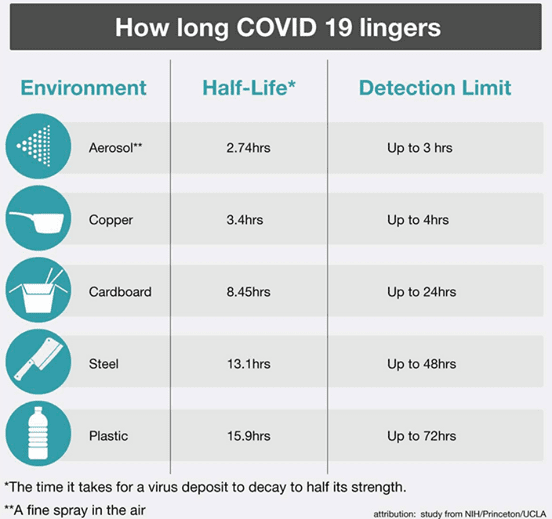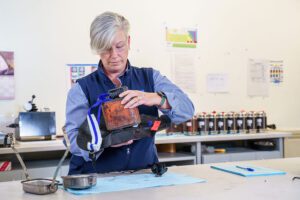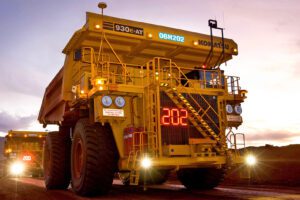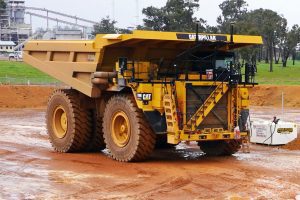Researchers in the USA have determined the life of COVID-19 (SARS-CoV-2) on surfaces and aerosols including copper, cardboard, stainless steel and plastic.
KEY POINTS
- COVID-19 can remain present on:
- Copper for up to 4 hours;
- Cardboard up to 24 hours;
- Steel surfaces up 48 hours;
- Plastic up to 72 hours.
COVID-19 CAN ALSO REMAIN IN AEROSOLS FOR UP TO THREE HOURS
Researchers evaluated the stability of the viruses in aerosols and on various surfaces and estimated their decay rates using a Bayesian regression model.
Aerosols (<5 ?m) containing tissue-culture infectious dose [TCID50] per millilitre) were generated with the use of a three-jet Collison nebulizer and fed into a Goldberg drum to create an aerosolized environment. The result was that the samples were similar to those observed in samples obtained from the upper and lower respiratory tract in humans.
The data consisted of 10 experimental conditions involving two viruses (SARS-CoV-2 and SARS-CoV-1) in five environmental conditions (aerosols, plastic, stainless steel, copper, and cardboard). All experimental measurements are reported as means across three replicates.
Figure One
Viability of SARS-CoV-1 and SARS-CoV-2 in Aerosols and on Various Surfaces.

Of note that researchers found that the stability of SARS-CoV-2 was similar to that of SARS-CoV-1 under the experimental circumstances tested. This indicates that differences in the epidemiologic characteristics of these viruses probably arise from other factors, including high viral loads in the upper respiratory tract and the potential for persons infected with SARS-CoV-2 to shed and transmit the virus while asymptomatic.3,4
The results indicate that aerosol and fomite transmission of SARS-CoV-2 is plausible since the virus can remain viable and infectious in aerosols for hours and on surfaces up to days (depending on the inoculum shed).
These findings echo those with SARS-CoV-1, in which these forms of transmission were associated with the nosocomial spread and super-spreading events,5 and they provide information for pandemic mitigation efforts.
You can read the full report in the New England Journal of Medicine here
Read more Mining Safety News














Add Comment